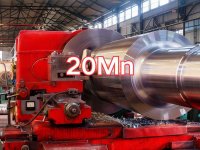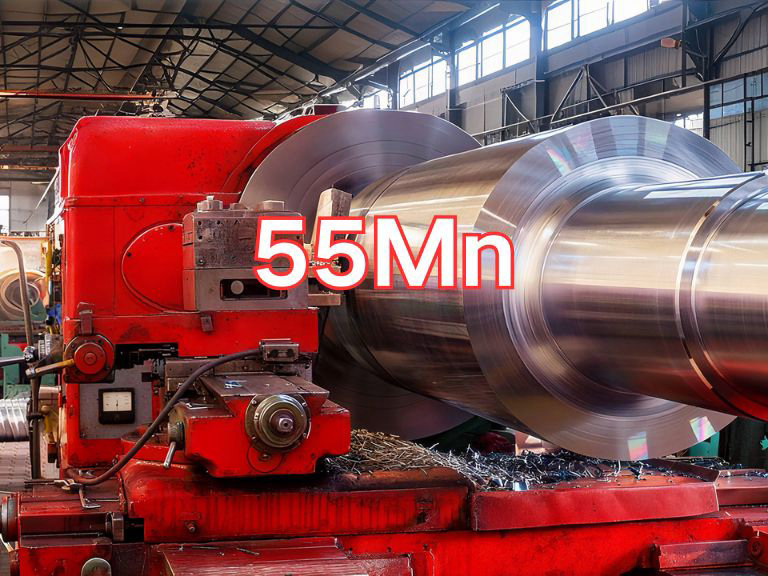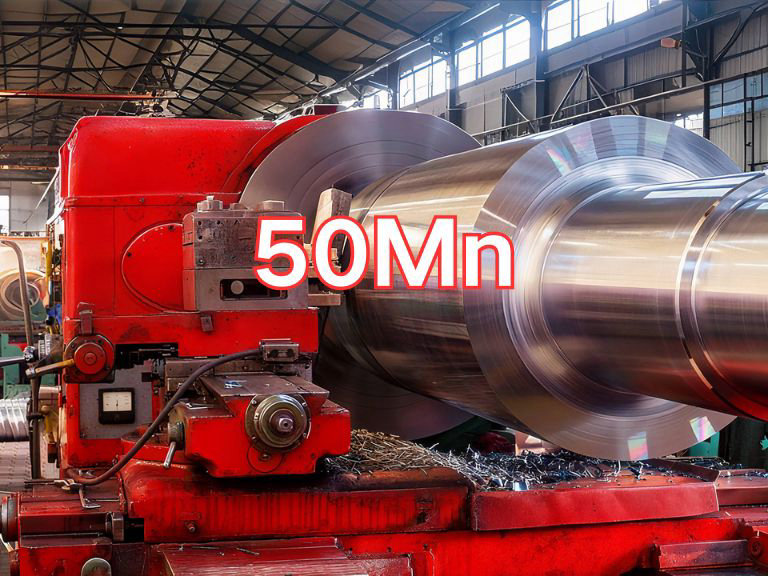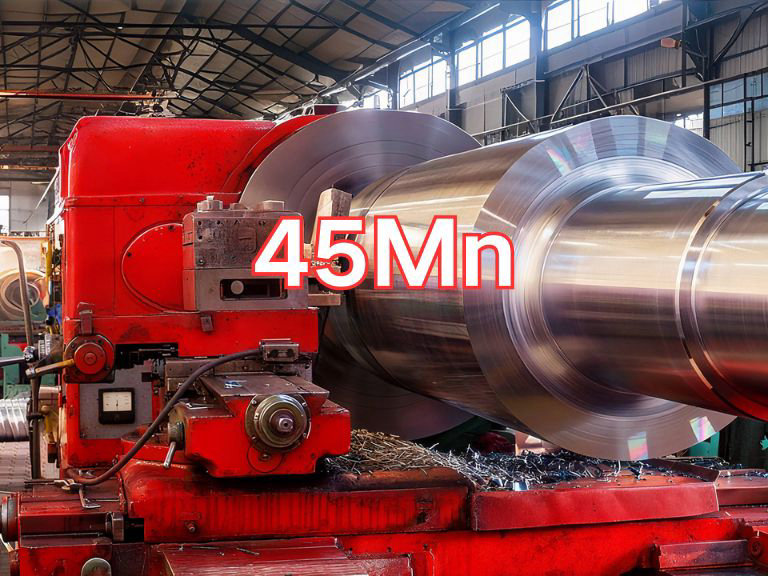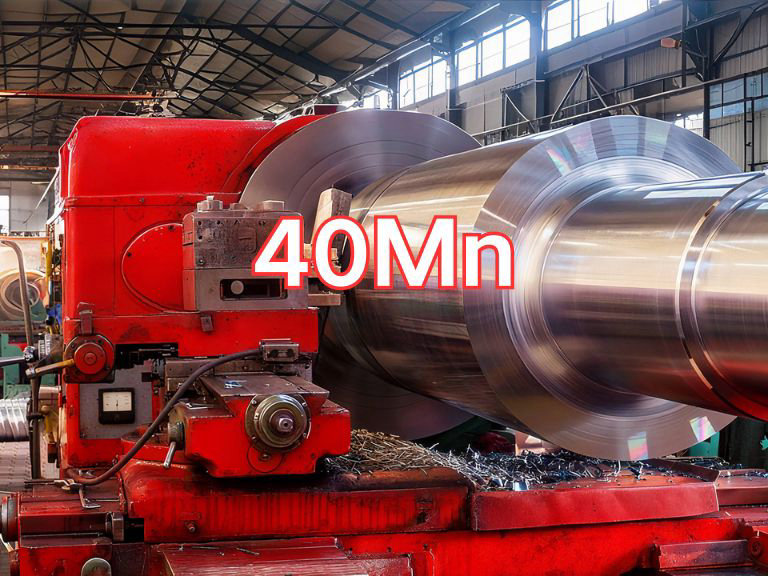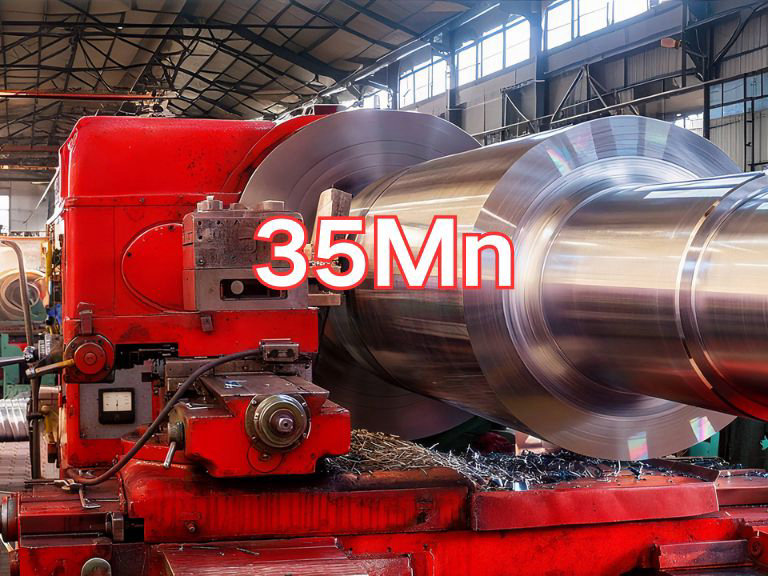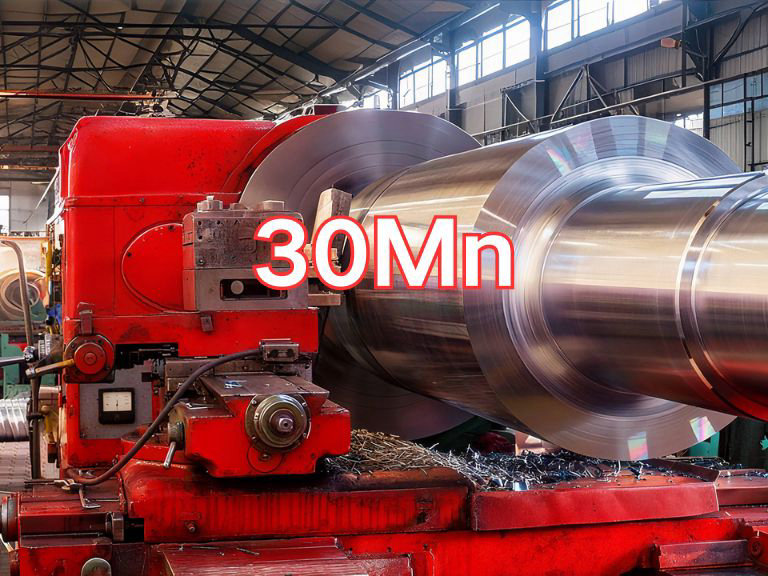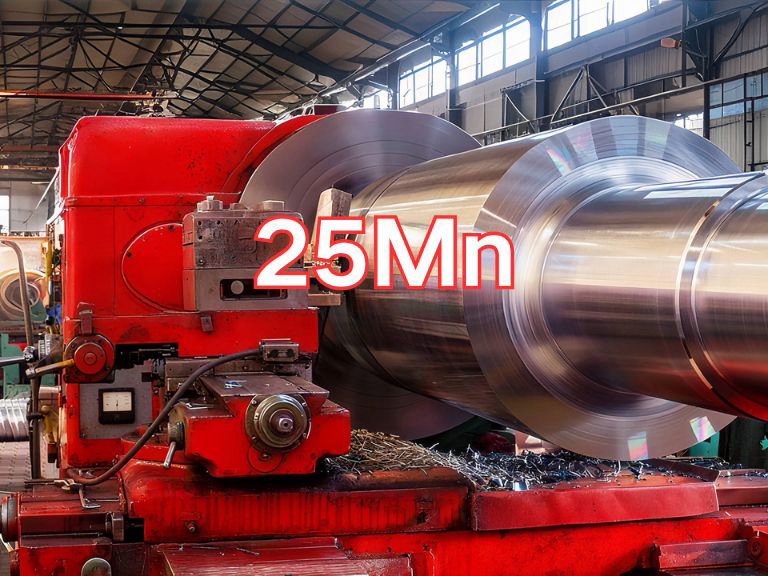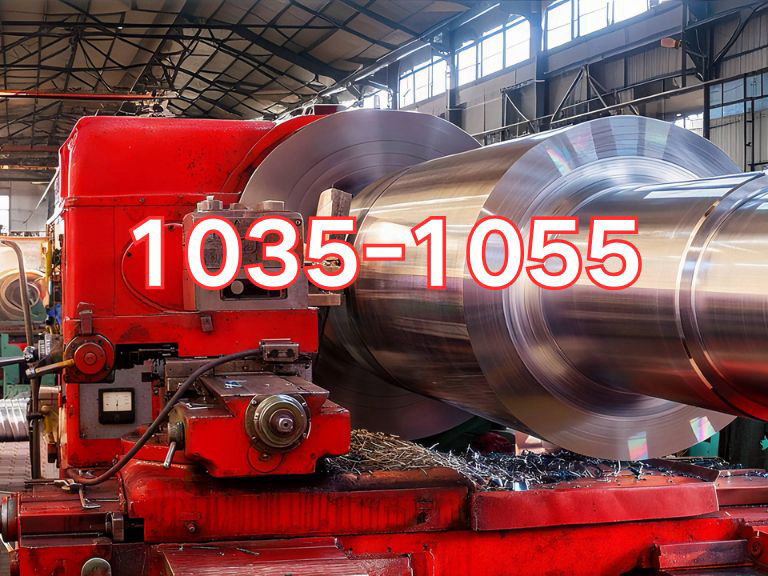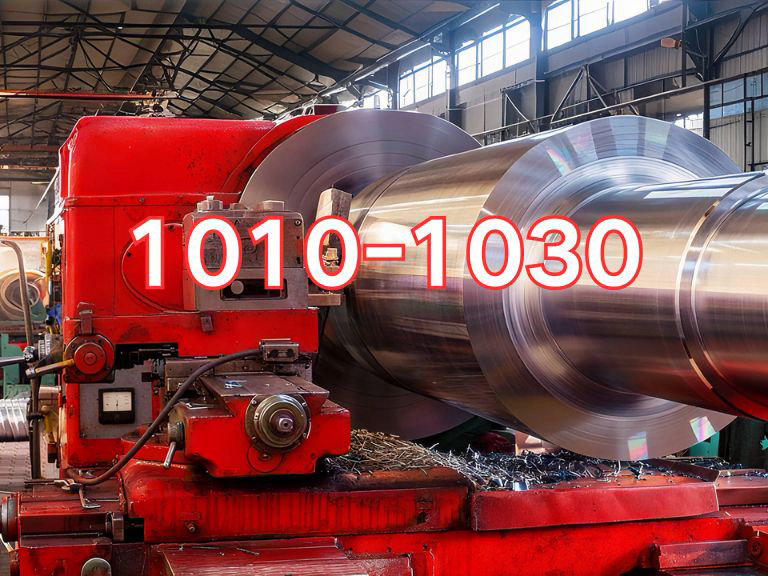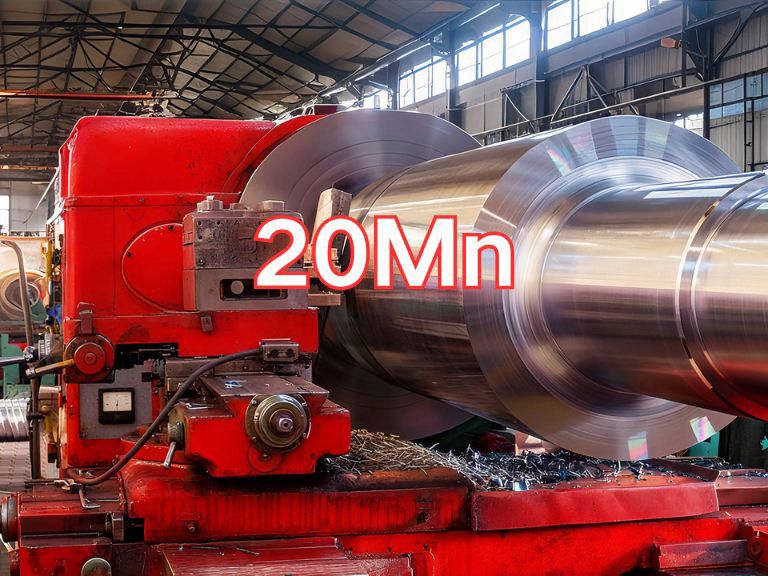

20Mn Steel Plates
20Mn steel plate is a high-quality carbon structural steel plate, with its designation and properties primarily governed by the Chinese national standard GB/T 711-2017 "Hot-Rolled Heavy Gauge Steel Plates and Strips of High-Quality Carbon Structural Steel". This standard specifies technical requirements for hot-rolled steel plates made of high-quality carbon structural steel, including chemical composition, mechanical properties, dimensional tolerances, and test methods, serving as the core technical specification for domestic production, inspection, and trade of this category of steel.
The designation "20Mn" consists of three parts: "20" indicates an average carbon content of 0.20% (i.e., twenty parts per ten thousand); "Mn" is the chemical symbol for Manganese, indicating that this grade is a high-manganese variant of high-quality carbon steel. The manganese content in 20Mn typically ranges from 0.70% to 1.00%, significantly higher than that of standard 20# steel (approximately 0.35%–0.65%). Therefore, 20Mn steel is a strengthened grade developed from 20# steel by increasing the manganese content appropriately. It retains the good ductility and toughness of low-carbon steel while offering higher strength and hardness.
The primary applications of 20Mn steel plate are in manufacturing mechanical parts and structural components requiring moderate strength, toughness, and wear resistance. Due to its excellent comprehensive mechanical properties and processability, 20Mn steel is widely used in:
Machinery Manufacturing: Producing gears, shafts (e.g., drive shafts, mandrels), connecting rods, bolts, pins, sleeves, and other load-bearing components, especially suitable for applications requiring certain wear resistance and fatigue strength.
Automotive and Agricultural Machinery: Manufacturing key load-bearing parts such as half-shafts, steering knuckles, suspension components, sprockets, and track pins for agricultural machinery.
Mining and Construction Equipment: Used in wear-resistant liners, crusher components, and conveyor system parts—components prone to wear or subject to impact loads.
General Equipment: Fabricating high-strength frames, pressure vessel components, piping, and brackets.
Other Applications: Also suitable for tools, dies, and fasteners.
Its main characteristics include:
Higher Strength and Hardness: Due to the solid-solution strengthening effect of manganese, 20Mn steel exhibits significantly higher strength and hardness compared to standard 20# steel. After quenching and tempering, tensile strength can reach 500–700 MPa, with Brinell hardness around 156–207 HBW.
Good Ductility and Toughness: Despite increased strength, its low carbon content ensures good ductility and impact toughness, with excellent cold-bending performance suitable for cold forming.
Excellent Comprehensive Mechanical Properties: Manganese not only strengthens the matrix but also improves hardenability, making it easier to achieve a good balance of strength, hardness, ductility, and toughness through heat treatment.
Good Weldability and Machinability: In annealed or normalized condition, it exhibits favorable machinability and weldability. Preheating is generally not required for welding, though stress-relief annealing after welding is recommended.
Cost-Effective: More economical than alloy steels, yet offers superior performance to plain carbon steels, making it a cost-effective structural material.
In summary, 20Mn steel plate is a manganese-strengthened high-quality carbon structural steel with advantages such as high strength, good toughness, and ease of processing, finding widespread application in machinery, automotive, and heavy industry sectors.

Ultrasonic Testing (UT)
A key non-destructive testing technique that uses high-frequency sound waves to detect internal flaws in steel plates. The probe emits sound waves, which reflect when encountering defects such as cracks or inclusions. The receiver captures the echoes, enabling precise determination of defect location and size. With high sensitivity, strong penetration, and fast inspection speed, UT effectively ensures internal quality, widely used in the production of heavy plates, pressure vessel plates, and other high-end products to guarantee safety and reliability.

Magnetic Particle Testing (MT)
A common surface inspection method that magnetizes the workpiece, causing leakage magnetic fields at surface or near-surface defects like cracks or inclusions, which attract magnetic particles to form visible indications. Simple to operate and highly sensitive, MT is suitable for rapid inspection of surface and near-surface flaws in ferromagnetic materials, widely used for online or offline inspection of plate edges, ends, and welds, ensuring product quality and safety.

Penetrant Testing (PT)
A non-destructive method for detecting surface-breaking flaws. A penetrant liquid is applied to the cleaned steel surface, allowing it to seep into defects such as cracks or pores. After removing excess penetrant, a developer is applied, causing the trapped penetrant to bleed out and form visible indications. Simple and cost-effective, PT is suitable for inspecting surface defects in various non-porous materials, commonly used for welds, castings, and complex components, effectively ensuring surface quality of steel plates.

